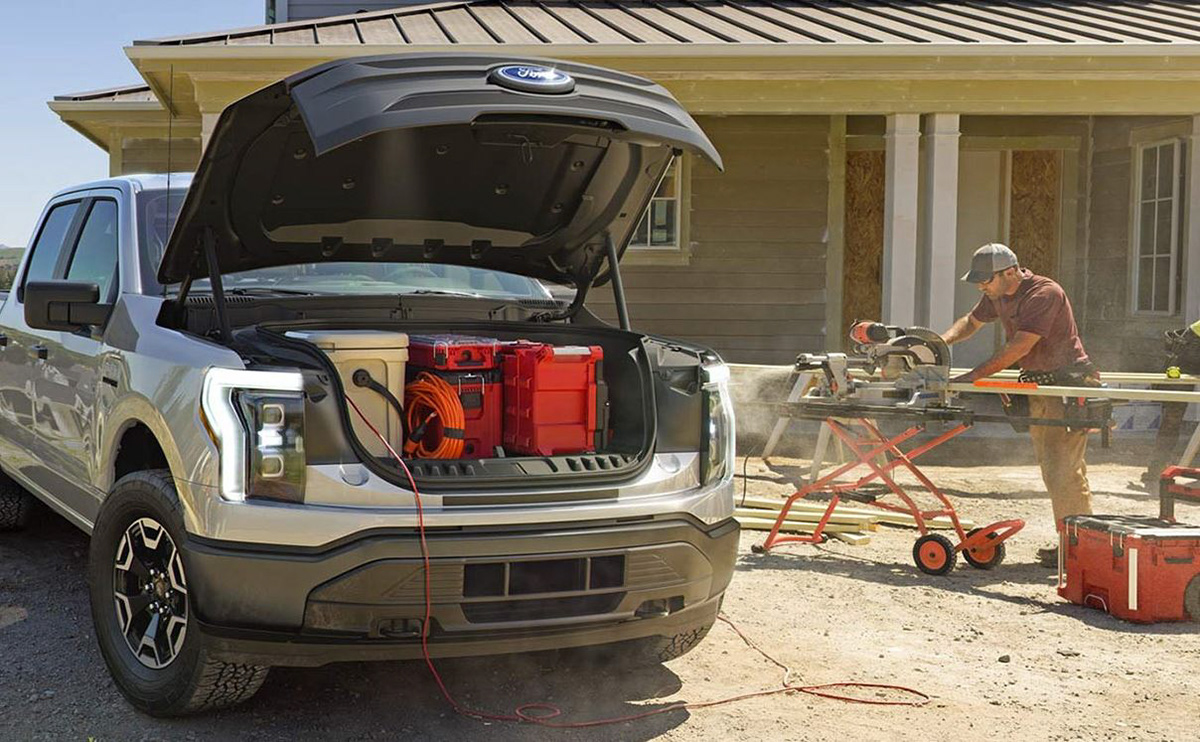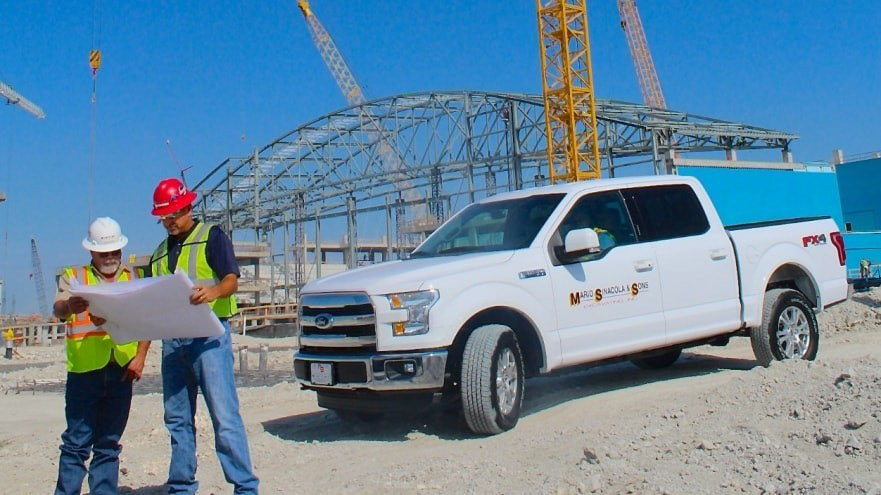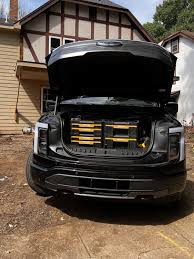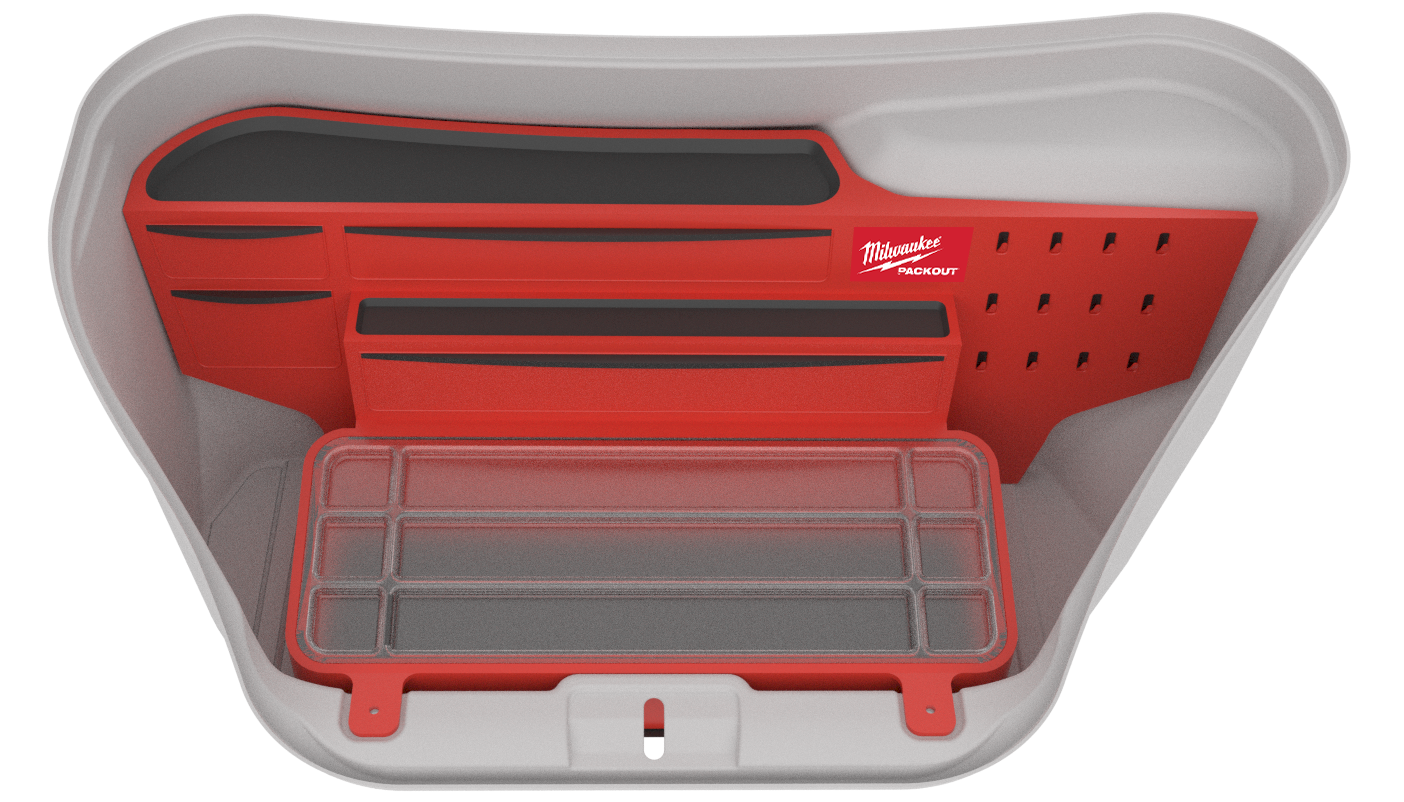Challenge
EVs unlock new storage zones like the frunk, but they often go underutilized. Commercial users in particular need better ways to organize, personalize, and extract value from these evolving spaces.





Customer Insights
Field research revealed key behavioral patterns among commercial vehicle users:
Frunk = Clean Utility Space
Many use it to store personal items like food and drinks, keeping them away from dusty tools.
Many use it to store personal items like food and drinks, keeping them away from dusty tools.
On-the-Go Workstation
Some conduct toolbox talks, review blueprints, or use the frunk as an impromptu desk — appreciating its upright posture and clean surface.
Some conduct toolbox talks, review blueprints, or use the frunk as an impromptu desk — appreciating its upright posture and clean surface.
Tool Overflow in Truck Bed
Users frequently overload the truck bed with both tools and job-related cargo — but can’t safely carry extra equipment without a bed extender.
Users frequently overload the truck bed with both tools and job-related cargo — but can’t safely carry extra equipment without a bed extender.
Designing for a Moving Target
At the time of this work, the frunk design was still in flux — dimensions, opening mechanism, and internal packaging were not fully finalized. This presented both a challenge and an opportunity.
To move ahead, I created design interventions early in the process — conceptual accessories and usage scenarios that could influence the engineering and packaging decisions. By visualizing how commercial users might store gear, eat meals, or hold quick meetings in the frunk, I helped steer the physical constraints toward a more human-centered outcome.
These speculative-yet-grounded concepts gave cross-functional teams something tangible to align around — ensuring that the frunk wouldn’t just be a bin, but a multi-functional, design-led space
Direction 1
At first there was a lot of excitement around this idea of a flip-up table. The table had a frame which was mounted to the front two mounting points with an L shaped hinge, much like a goose-neck hinge. A flat table top was additionally hinged to the frame. This allowed the feature to function as a lid for the freezer but you could also flip it up to use as an ergonomic worksurface.
Although this idea had a lot of potential, it required having two doors, for full utilization. Additionally the load requirements for the worksurface was set to 50 pounds which meant the surface needed additional supports at the bottom.
Although this idea had a lot of potential, it required having two doors, for full utilization. Additionally the load requirements for the worksurface was set to 50 pounds which meant the surface needed additional supports at the bottom.
Final direction
The best solution, which was eventually finalized, was a toolbox addition that sits securely inside the frunk area and mounts to the two mounting points at the front.
The accessory features a large desk area with an ergonomic slope and its slightly raised to be at waist level for focused work tasks. The accessory also features several compartments and organisation features for keeping tools and hardware secure and organised.
Materials: Glass-filled PP, Rubberised plastic inserts, aluminum profile sections
Manufacturing: Injection moulding
The accessory features a large desk area with an ergonomic slope and its slightly raised to be at waist level for focused work tasks. The accessory also features several compartments and organisation features for keeping tools and hardware secure and organised.
Materials: Glass-filled PP, Rubberised plastic inserts, aluminum profile sections
Manufacturing: Injection moulding
This also opens up possibilities for brand partnerships for added credibility with prominent hardware/toolbox manufacturers



